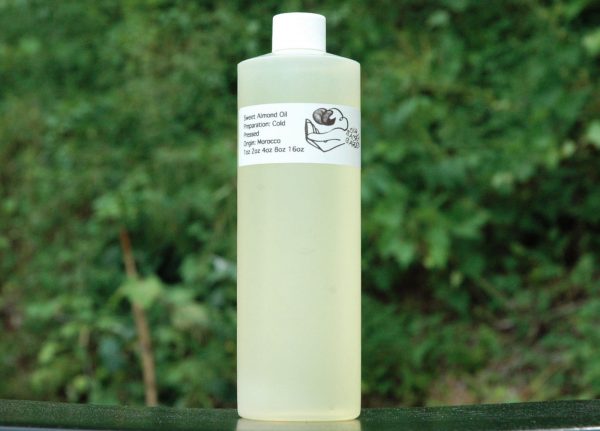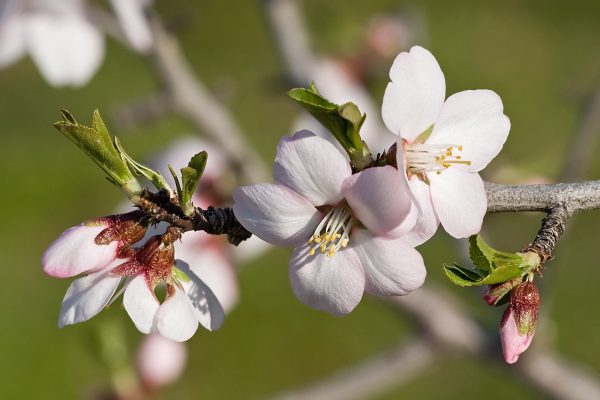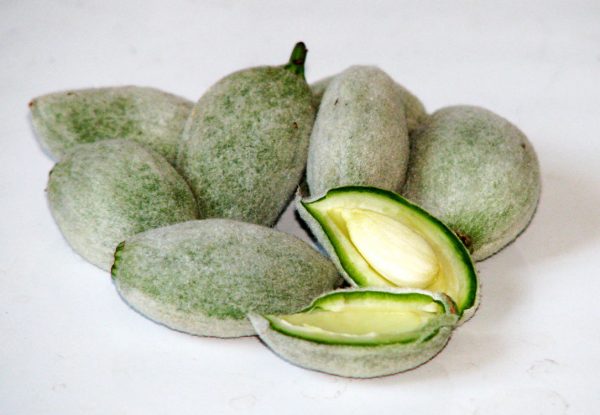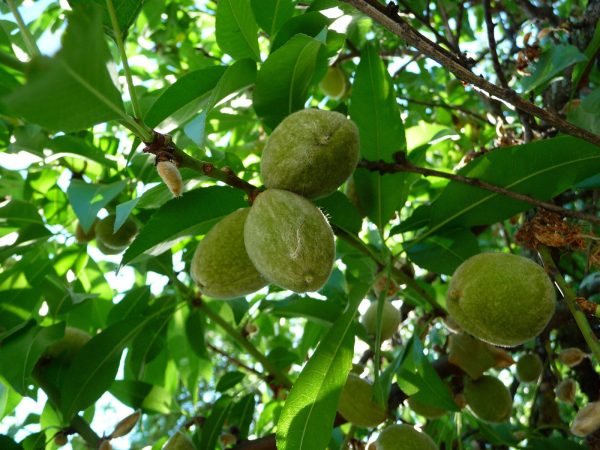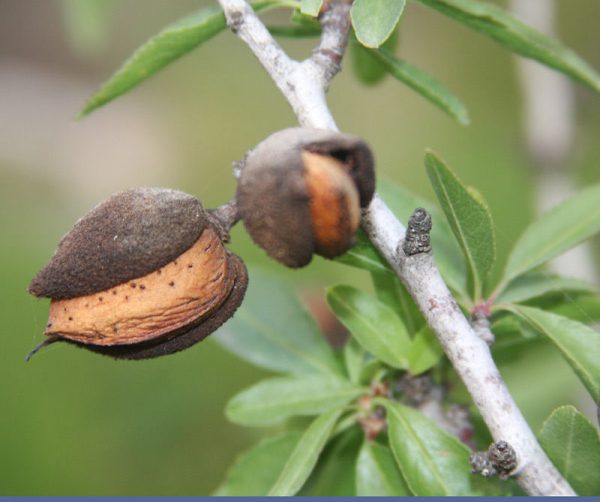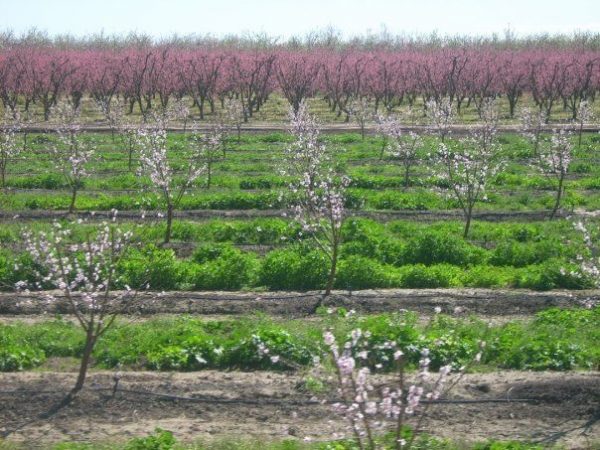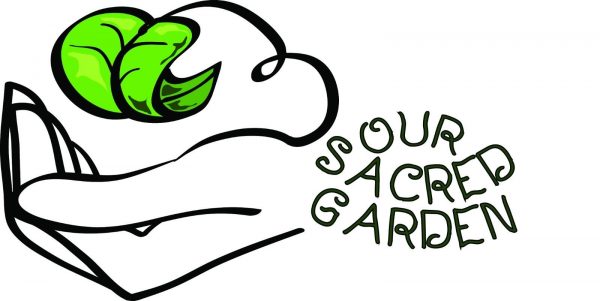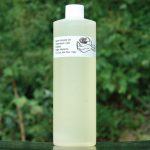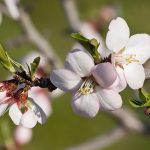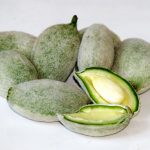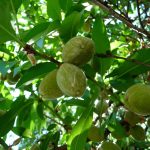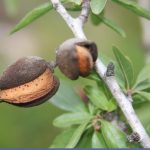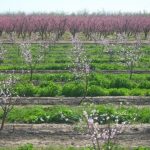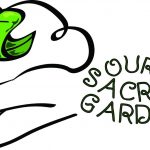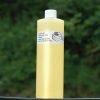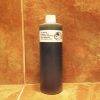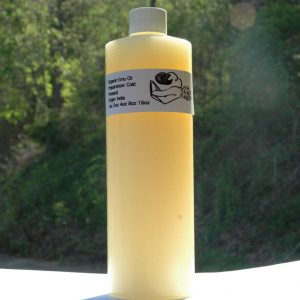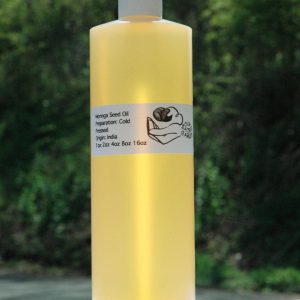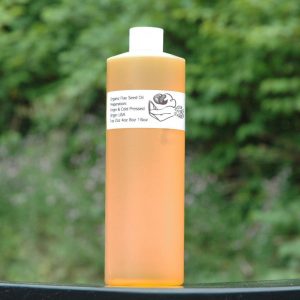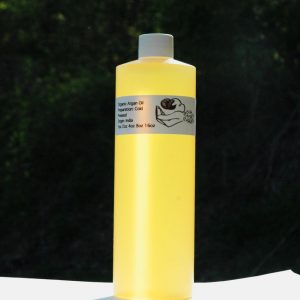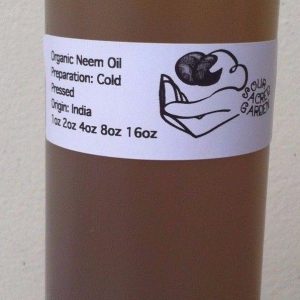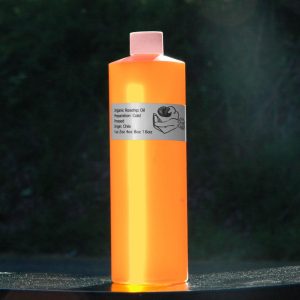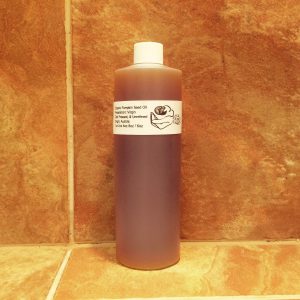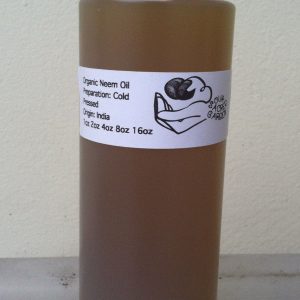Description
The almond (Prunus dulcis, syn. Prunus amygdalus) is a species of tree native to the Middle East, the Indian Subcontinent andNorth Africa.”Almond” is also the name of the edible and widely cultivated seed of this tree. Within the genus Prunus, it is classified with thepeach in the subgenus Amygdalus, distinguished from the other subgenera by the corrugated shell (endocarp) surrounding the seed.The fruit of the almond is a drupe, consisting of an outer hull and a hard shell with the seed, which is not a true nut, inside. Shelling almonds refers to removing the shell to reveal the seed. Almonds are sold shelled or unshelled. Blanched almonds are shelled almonds that have been treated with hot water to soften the seedcoat, which is then removed to reveal the white embryo.Description[edit]Tree[edit]The almond is a deciduous tree, growing 4–10 m (13–33 ft) in height, with a trunk of up to 30 cm (12 in) in diameter. The youngtwigs are green at first, becoming purplish where exposed to sunlight, then grey in their second year. The leaves are 3–5 inches long,[3] with a serrated margin and a 2.5 cm (1 in) petiole. The flowers are white to pale pink, 3–5 cm (1–2 in) diameter with five petals, produced singly or in pairs and appearing before the leaves in early spring.[4][5] Almond grows best in Mediterranean climates with warm, dry summers and mild, wet winters. The optimal temperature for their growth is between 15 and 30 °C (59 and 86 °F) and the tree buds have a chilling requirement of 300 to 600 hours below 7.2 °C (45.0 °F) to break dormancy. Almonds begin bearing an economic crop in the third year after planting. Trees reach full bearing five to six years after planting. The fruit matures in the autumn, 7–8 months after flowering.
The almond fruit measures 3.5–6 cm (1–2 in) long. In botanical terms, it is not a nut, but a drupe. The outer covering orexocarp, fleshy in other members of Prunus such as the plum and cherry, is instead a thick, leathery, grey-green coat (with a downy exterior), called the hull. Inside the hull is a reticulated, hard, woody shell (like the outside of a peach pit) called the endocarp. Inside the shell is the edible seed, commonly called a nut. Generally, one seed is present, but occasionally two occur.
Origin and history Harvesting of the almond crop at Qand-i Badam,Fergana Valley (16th century) The almond is native to the Mediterranean climate region of the Middle East, eastward as far as the Yamuna River in India.[9] In Iran, India, Afghanistan, Azerbaijan and other Central Asian countries, it is known as bādām. It was spread by humans in ancient times along the shores of the Mediterranean into northern Africa and southern Europe, and more recently transported to other parts of the world, notably California, United States.[9]The wild form of domesticated almond grows in parts of the Levant. The fruit of the wild forms contains the glycoside amygdalin, “which becomes transformed into deadly prussic acid (hydrogen cyanide) after crushing, chewing, or any other injury to the seed.
Wild almonds are bitter, the kernel produces deadly cyanide upon mechanical handling[clarification needed], and eating even a few dozen in one sitting can be fatal. Selection of the sweet type, from the many bitter types in wild, marked the beginning of almond domestication. How humans selected the sweet type remains a mystery. It is unclear as to which wild ancestor of the almond created the domesticated species. Ladizinsky suggests the taxon Amygdalus fenzliana (Fritsch) Lipsky is the most likely wild ancestor of the almond in part because it is native of Armenia and western Azerbaijan where it was apparently domesticated.While wild almond species are toxic, domesticated almonds are not; Jared Diamond argues that a common genetic mutation causes an absence of amygdalin, and this mutant was grown by early farmers, “at first unintentionally in the garbage heaps, and later intentionally in their orchards”.[12] Zohary and Hopf believe that almonds were one of the earliest domesticated fruit trees due to “the ability of the grower to raise attractive almonds from seed. Thus, in spite of the fact that this plant does not lend itself to propagation from suckers or from cuttings, it could have been domesticated even before the introduction of grafting”. Domesticated almonds appear in the Early Bronze Age (3000–2000 BC) such as the archaeological sites of Numeria (Jordan), or possibly a little earlier. Another well-known archaeological example of the almond is the fruit found in Tutankhamun’s tomb in Egypt (c. 1325 BC), probably imported from the Levant. Of the European countries that the Royal Botanic Garden Edinburgh reported as cultivating almonds, Germany is the northernmost, though the domesticated form can be found as far north as Iceland. Etymology and names[edit]The word “almond” comes from Old French almande or alemande, Late Latin *amandula, derived through a form amygdala from the Greek ἀμυγδαλή (amygdalē) (cf.amygdala), an almond. The al- in English, for the a- used in other languages may be due a confusion with the Arabic article al, the word having first dropped the a-as in the Italian form mandorla; the British pronunciation ah-mond and the modern Catalan ametlla and modern French amande show a form of the word closer to the original. Other related names of almond include Mandel or Knackmandel (German), mandorlo (Italian for the tree), mandorla (Italian for the fruit), amêndoa(Portuguese), and almendra (Spanish). The adjective “amygdaloid” (literally “like an almond”) is used to describe objects which are roughly almond-shaped, particularly a shape which is part way between atriangle and an ellipse. See, for example, the brain structure amygdala, which uses a direct borrowing of the Greek term amygdalē.
Disclaimer The above statements have not been evaluated by the FDAThis information is for educational purposes only, it is not intended to treat, cure, prevent or, diagnose any disease or condition. Nor is it intended to prescribe in any way. This information is for educational purposes only and may not be complete, nor may its data be accurate.All products are for manufacturing use only.



